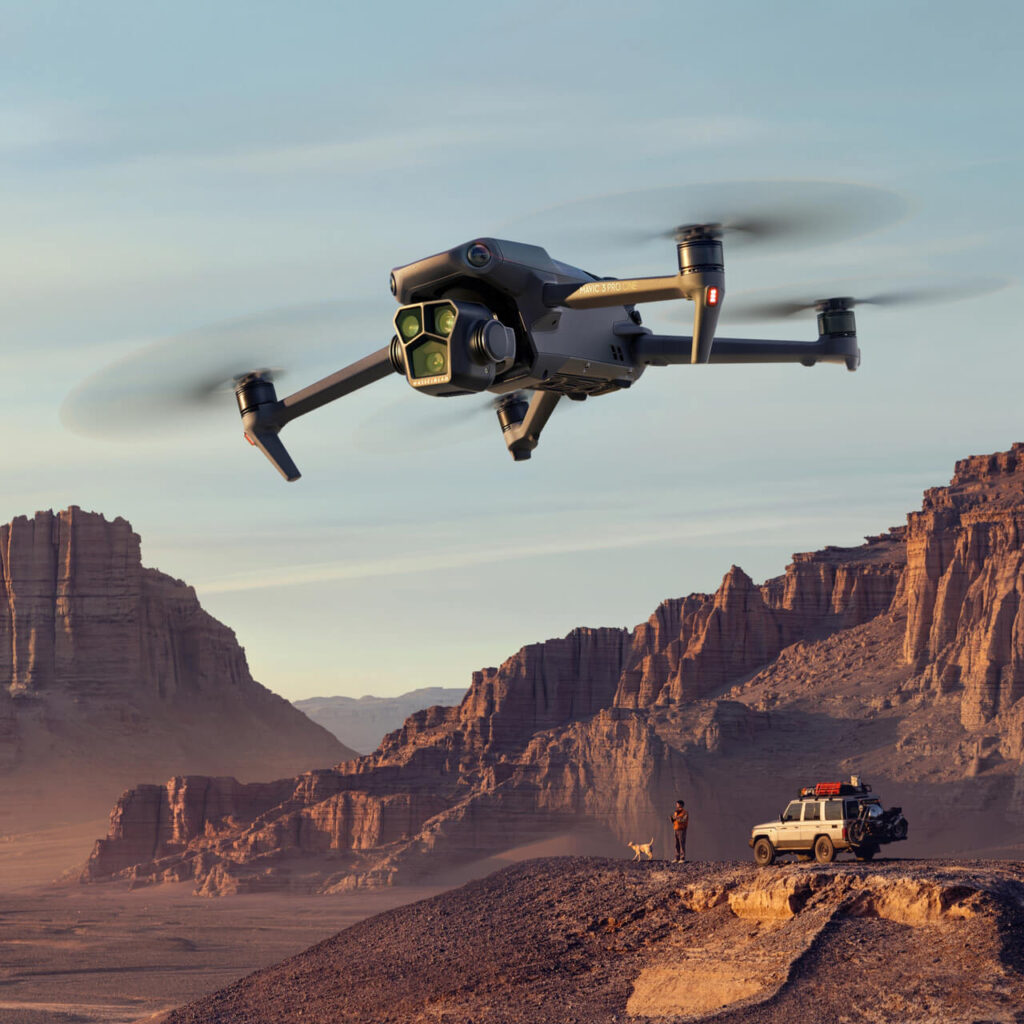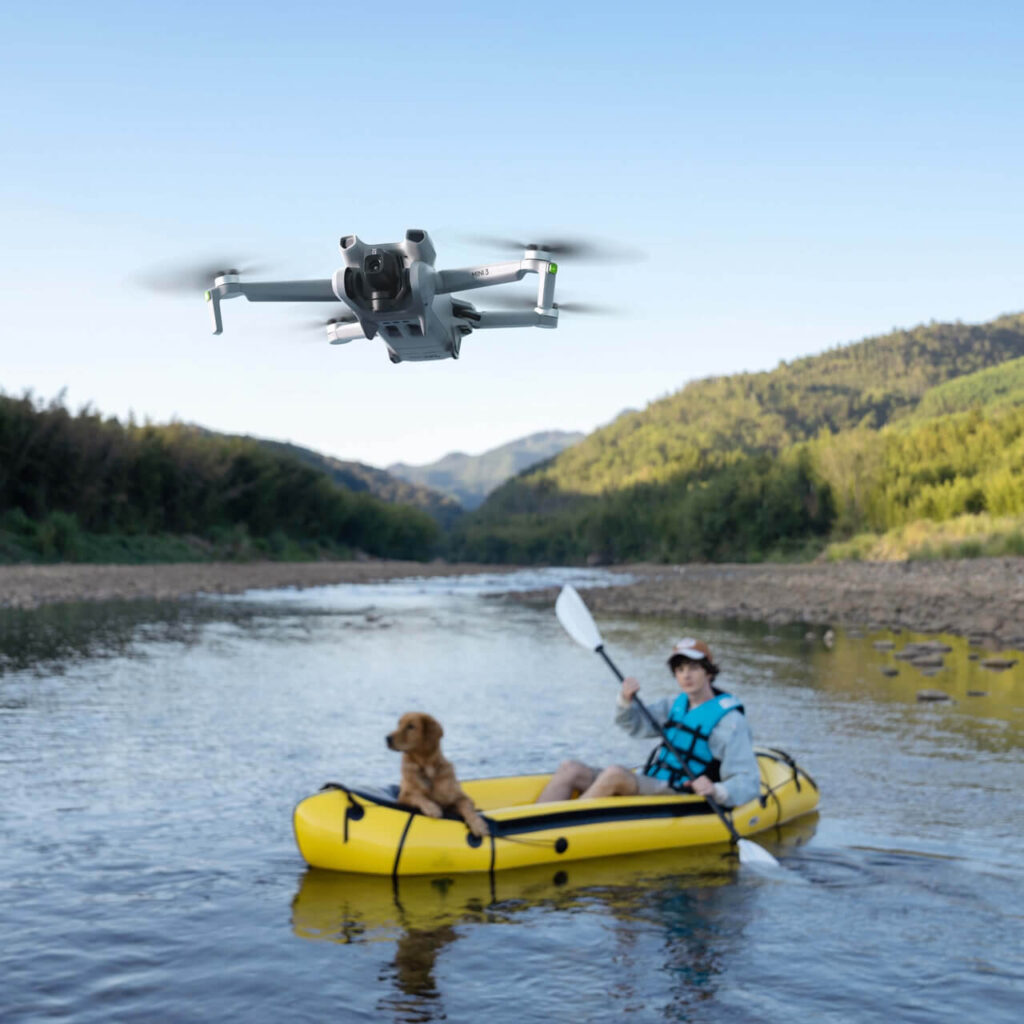Introduction
Drone controllers play a pivotal role in the world of unmanned aerial vehicles, enabling enthusiasts and professionals alike to pilot drones, capture breathtaking aerial views, and unleash creativity. This blog post delves into the various aspects of drone controllers, from their types to factors influencing the choice, ensuring you’re equipped to make informed decisions for an exceptional flying experience.
Types of Droane Controllers
Radio Controllers
Widely Used: Radio controllers are the go-to option for most drone enthusiasts due to their simplicity and ease of use.
Portability: These compact devices are designed for convenience, allowing you to control your drone from a handheld unit.
Radio Waves: They communicate with drones using radio waves, though signal interference and obstacles can occasionally affect performance.
Ideal for Beginners: Beginners will find radio controllers approachable as they offer essential controls without overwhelming complexity.
Ground Control Stations (GCS)
Professional Application: Ground Control Stations cater to commercial and professional operations where precision and reliability are paramount.
Advanced Functionality: GCS offer advanced features such as multiple control inputs, data visualization, and mission planning.
Connectivity: These larger and more complex controllers establish a wired or wireless connection with drones, minimizing signal issues.
Expansive Range: GCS are suitable for extended-range operations, making them a choice tool for aerial surveys, inspections, and cinematography.

Tips for Choosing a Drone Controller
Budget Considerations
Define a Budget: Determine how much you’re willing to invest in a controller, ensuring you strike a balance between features and cost.
Experience Level
Beginner-Friendly vs. Advanced: Choose a controller that aligns with your skill level. Beginners might prefer simplicity, while experienced users may seek more functionality.
Drone Compatibility
Check Compatibility: Ensure the chosen controller is compatible with your specific drone model to avoid any compatibility issues.
Intended Use
Recreational vs. Professional: Your purpose for using the drone impacts your choice. For professional tasks, a robust GCS might be essential, while casual flying could be managed with a radio controller.
Conclusion
In essence, drone controllers serve as the bridge between your creative vision and the skies above. By understanding the types of controllers available and considering your budget, experience, drone compatibility, and intended use, you can make an informed decision that aligns with your needs.
Additional Tips for Using Your Drone Controller
Practice Diligently
Hone Your Skills: Practice piloting your drone in controlled environments to build your confidence and capabilities.
Fly Responsibly
Safety First: Prioritize safety by being aware of your surroundings and adhering to responsible flying practices.
Adhere to Regulations
Legal Compliance: Stay informed about local laws and regulations related to drone flight to avoid legal issues.
Maintenance Matters
Keep It Clean: Regularly clean your drone controller to ensure it functions optimally and maintains a long lifespan.
Stay Charge
Battery Management: Charge your drone controller regularly to prevent mid-flight disruptions and maximize your flying time.
With this comprehensive guide, you’re now equipped to navigate the world of drone controllers and take your aerial adventures to new heights. Whether you’re capturing stunning vistas or conducting intricate aerial surveys, the right controller ensures a seamless flight experience.



